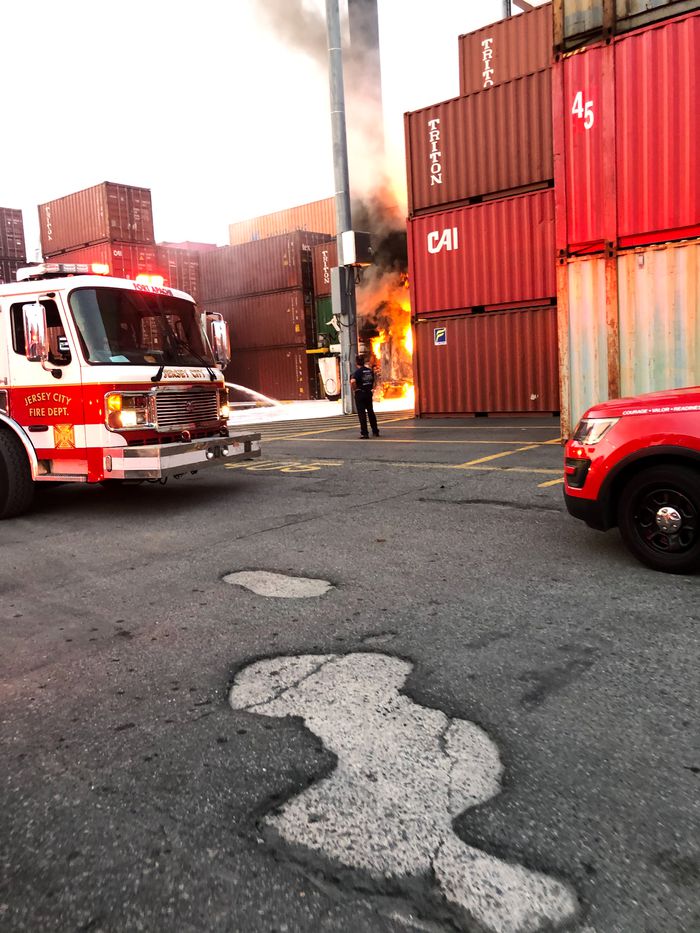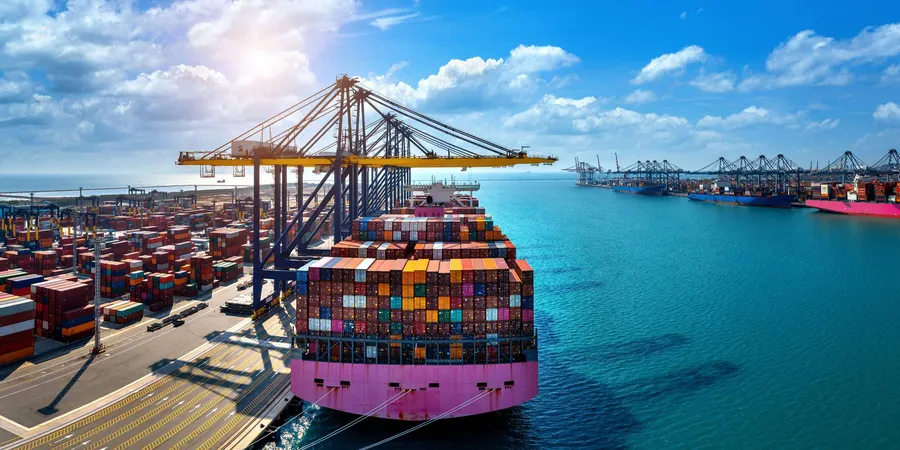8 Things Deck Officers Must Know While Handling Packaged IMDG Cargoust Know While Handling Packaged IMDG Cargo
The International Maritime Dangerous Goods (IMDG) Code specifies and lays down various norms and regulations for ships carrying different types of dangerous goods. The code has been implemented to prevent accidents of fire/explosion and ensure utmost safety of the ship and its crew while handling dangerous cargo on board.
As a deck officer who is in charge of cargo loading/ discharging and the overall safety of the cargo while it is carried on ships, he must know the following points to avoid any kind of accidents that can cause because of such sensitive cargo.
1. Know the Classification of Dangerous Cargo: The dangerous cargoes are segregated in to various sub-categories so as to plan the carriage as per the requirements of the cargo. This avoids mistakes and proper preventive actions that can be taken in case of any incidence or accident.
IMDG cargo is usually classified into:
- Explosives
- Gases-flammable/nonflammable/poison
- Flammable liquids-low FP/medium FP/high FP
- Flammable solids
- Substances liable spontaneous combustion
Cargo that gives flammable gases with water
- Radioactive substances
- Corrosives
- Miscellaneous dangerous substances
2. Check the Cargo for Correct Packaging: If the IMDG cargo is loaded in a package, ensure to check:
- Absorbing or cushioning material is used with the package containing liquid cargo, which must be competent of absorbing the liquid in case of leakage
- The package is kept with sufficient ullage if liquid cargo is carried
- All cylinders carrying IMDG cargo are pressure tested and certified ok for use
3. Know the Cargo Groups: IMDG cargoes are divided in to three main groups and each has a specific plan to store, transport and handling in case of accident or spill:
Group 1: Cargo which are extremely dangerous
Group 2: Cargo with moderate danger
Group 3: Cargo with less danger
4. Check the Labels: Check that all the labels on the packages are visible and clearly indicate the type and characteristics of cargo. Appropriate labels indicating the hazard (Flammable, toxic, Corrosive etc.) are also pasted over the package. The label must be water resistant such that even in case of immersion, it should be readable for at least 3 months.
5. Check the Documents of the Cargo: Ensure that before loading any IMDG cargo, the agent or shipper has handed over:
- The technical name of the cargo carried
- The declaration certificate saying cargo has been packed as per the IMDG code
6. Check When Loading Cargo: While loading the IMDG cargo, following things must be checked:
- Check the stowage plan and store the package as per the same
- No bunkering is going on or stopped during the time of loading
- The radar is put off, applicable for certain cargoes
- Check the packaging is weather tight
- Ensure there is no damage or leakage found during loading
- Before cargo operation, have a check on port regulation on IMDG cargo
7. Inspect Loading Explosive Cargo: If the IMDG cargo is with explosive label, ensure to check:
- The package is stored over a wooden pallet
- All the electrical fittings in that region are disconnected from the source
- All electrical wirings are sheathed properly
- The cargo is stowed away from accommodation and hot bulkhead
8. Know the Emergency Procedure: It is very important for the OOW to prepare himself for any kind of accidents while handling such dangerous cargo. The deck officer must read and understand:
- Emergency procedure for ships carrying IMDG cargo
- MFAG-Medical First Aid Guide for accidents involving IMDG cargo
- Risk associated with cargo by understanding the labels
These are some of the important points that must be considered while handling dangerous cargoes on board ships. However, special attention must also be given to the instructions that are provided by the manufacturers and the company.
Reference: Marine Insight






